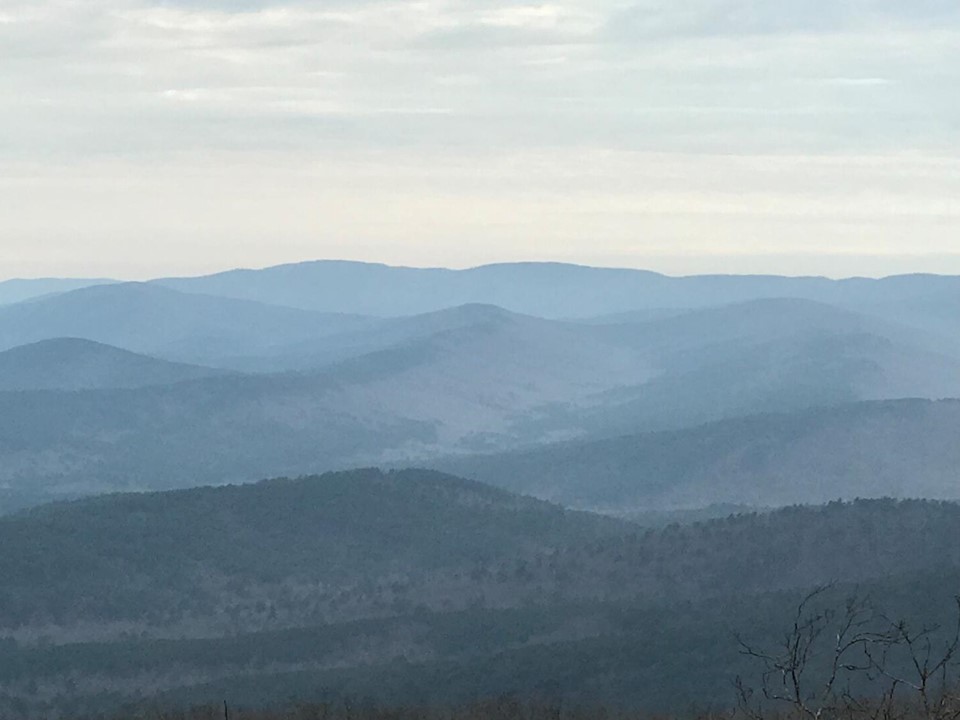
The poet Gary Snyder tells about a visit he made to Australia: “We were traveling by truck over dirt track west from Alice Springs in the company of a Pintubi elder named Jimmy Tjungurrayi. As we rolled along the dusty road, sitting back in the bed of a pickup, he began to speak very rapidly to me. He was talking about a mountain over there, telling me a story about some wallabies that came to that mountain in the dreamtime and got into some kind of mischief with some lizard girls.”
Jimmy had hardly finished that tale when he started telling another, and then another. Snyder says he couldn’t keep up. He realized after awhile that the stories Jimmy was sharing were meant to be told while walking, and that as they rode along in the truck he was experiencing a speeded up version of what might leisurely be told over several days of foot travel. (Gary Snyder, The Practice of the Wild, 1990, pg. 82.)
When Nuttall traveled through southeastern Oklahoma he encountered no people living between Fort Smith and the Red River valley. The thousands of people who had lived here for thousands of years before had died from European diseases and the survivors had moved away to regroup with other survivors in adjacent lands.
So we have a lacuna, a gap in stories that connect us to this land. Archaeology is one source of new stories as we learn more about the people who came before, ethnohistory and ethnography of peoples related to those who once lived here is another, and traditions and histories of the peoples who have come since is a third.
Come travel with us this summer and experience southeastern Oklahoma through the lens of Nuttall’s journal from 200 years ago. Nuttall’s account and our own experiences as we retrace it is another starting point for re-storying this land.
History is not the past.
It is the stories we tell about the past.
–William Cronon
